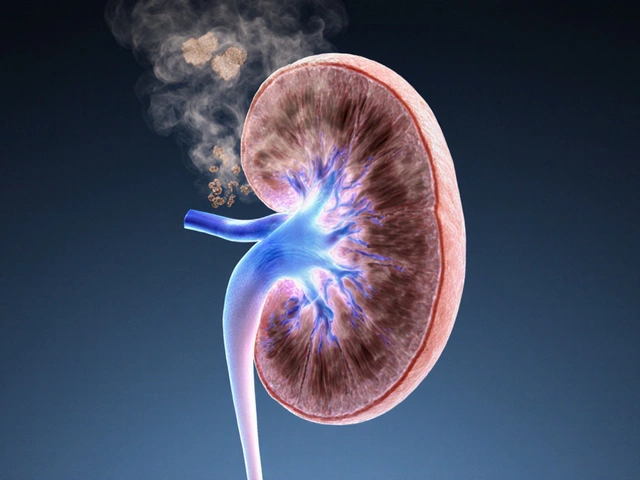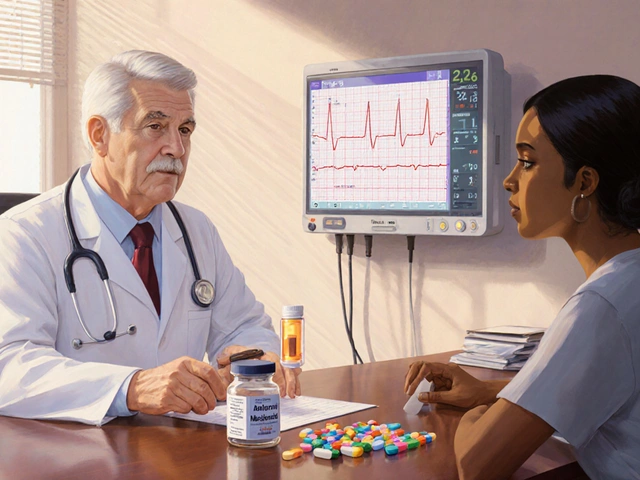Viral Hemorrhagic Fevers: What They Are, How They Spread, and How to Stay Safe
Ever heard of diseases that cause sudden bleeding and can be deadly? Those are viral hemorrhagic fevers (VHFs). They’re caused by a handful of viruses that affect blood vessels and organs. The most well‑known examples are Ebola, Marburg, Lassa fever, and Crimean‑Congo hemorrhagic fever. While they sound scary, knowing the facts can help you avoid panic and take real steps to protect yourself.
Common Symptoms and How Quickly They Appear
VHFs usually start with flu‑like signs: fever, headache, muscle aches, and fatigue. Within a few days, you might notice bleeding from the gums, eyes, or even the skin. Some people develop a rash, vomiting blood, or dark urine. The timeline varies—some viruses show severe symptoms in under a week, while others take longer. If you experience a sudden fever followed by any of these bleeding signs, seek medical help right away.
Symptoms can look like regular infections, which is why doctors rely on lab tests to confirm a VHF. Early detection matters because supportive care—like fluids, oxygen, and treating complications—improves survival rates.
How VHFs Spread and Who’s at Risk
Most VHFs jump to humans from animals. For example, Ebola and Marburg often come from fruit bats, while Lassa fever spreads through rodents. Some, like Crimean‑Congo, travel via tick bites. Direct contact with contaminated blood, body fluids, or unsafe medical equipment can also spread the virus.
People working in hospitals, labs, or caring for sick relatives are at higher risk. Travelers to outbreak areas should stay informed and avoid close contact with sick animals or people. Practicing good hygiene—regular hand washing and using protective gear when needed—cuts the odds dramatically.
Even though outbreaks make headlines, most of the world never sees a case. The risk stays low if you follow basic safety steps and stay up to date with travel advisories.
So, what can you do right now? First, keep vaccines in mind. There’s no universal vaccine for all VHFs, but specific ones exist for some, like the Ebola vaccine approved in several countries. Second, practice safe handling of food and water in endemic regions—cook meat thoroughly and drink filtered or boiled water. Third, if you’re in a healthcare setting, always use gloves, masks, and proper disposal methods for needles.
If an outbreak hits your area, local health agencies will set up screening stations and provide guidance. Follow their instructions, report any unusual symptoms, and don’t share personal items like razors or toothbrushes with someone who’s ill.
Remember, knowledge beats fear. Understanding the signs, how these viruses travel, and the simple steps to protect yourself can make a big difference. Stay curious, stay safe, and keep an eye on reliable health news sources for the latest updates.

Ribavirin’s Role in Treating Emerging Viral Diseases - Benefits, Limits & Guidelines
Explore how Ribavirin works against new viral threats, its clinical evidence, safety profile, and official guidelines for diseases like Lassa, Nipah, Hanta, and Ebola.




